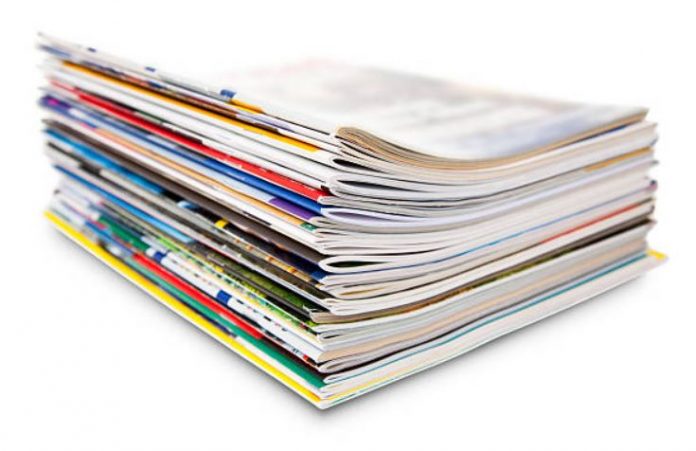As more and more old-growth trees are cut down, and we face the reality of having to wait close to 100 years or more to replace them, the need for recycling paper gets greater and greater.
Paper, of course, includes books and magazines. And while they are nearly 100% biodegradable, there is no point in sending these resources to the dump to rot in the landfill when they are so reusable and recyclable.
More than any other material we hope to recycle, books and magazines represent knowledge.
There is wisdom to be found in the pages of old books, and culture to learn about in the pages of old magazines.
Because of this factor, the best thing to do with old books and magazines is to pass them on.
Libraries are usually very happy to receive donations of old books, and sometimes even magazines, that are in good shape.
This allows other people to benefit from the publication as well. Once you have enjoyed and learned from a book, rather than letting it sit on a shelf to collect dust, donating it to a library is a great way to share and reuse it.
The second choice, for both books and magazines, is to sell them to a used bookstore, at a garage sale, flea market, or on eBay.
Other people may be looking for the exact book or magazine you have, so passing it on by offering it for sale is a win-win scenario for you and the new owner.
If you wish to reuse publications in a creative way, magazines make good colorful craft supplies for children and adults alike.
You can cut out parts of pictures to make collages by pasting the picture pieces to a cardboard backing, or make hanging mobiles by cutting out shapes, stringing pieces of thread through holes at the top, and attaching the strings to a clothes hanger.
You can also cut out whole pictures to construct a dream board or a vision board, which helps you to think about and visualize the goals and dreams you want to achieve; for instance, a Hawaiian vacation, a certain type of job, or a new sports car.
As for traditional recycling, some areas will let you place books or magazines in your blue bin for pickup as well.
Magazines are traditionally printed on glossy paper, which is more expensive to recycle because there is not a high demand for products made from recycled glossy paper; however, this will change in the future as the need for recycling paper is seen and understood more and more.
The biggest challenge with recycling books and magazines is separating the paper from the adhesives or staples used to bind the pages.
Forward-thinking recycling companies have a way to remove the waste from the bindings magnetically, however, so we should soon be seeing more and more opportunities to recycle all kinds of paper products.
So next time you’re thinking about throwing away some books or magazines, think first about how you can pass them along for others to enjoy.
If that doesn’t work for you, try to reuse them creatively. And if you still can’t find a use for them, look for places to take them where they can be recycled into new paper products, so we can save more trees.

